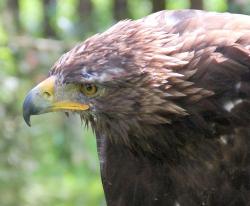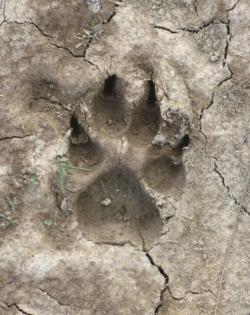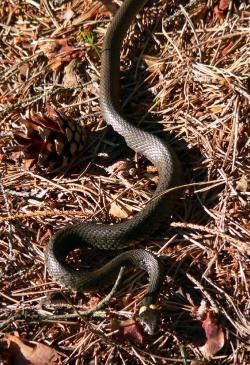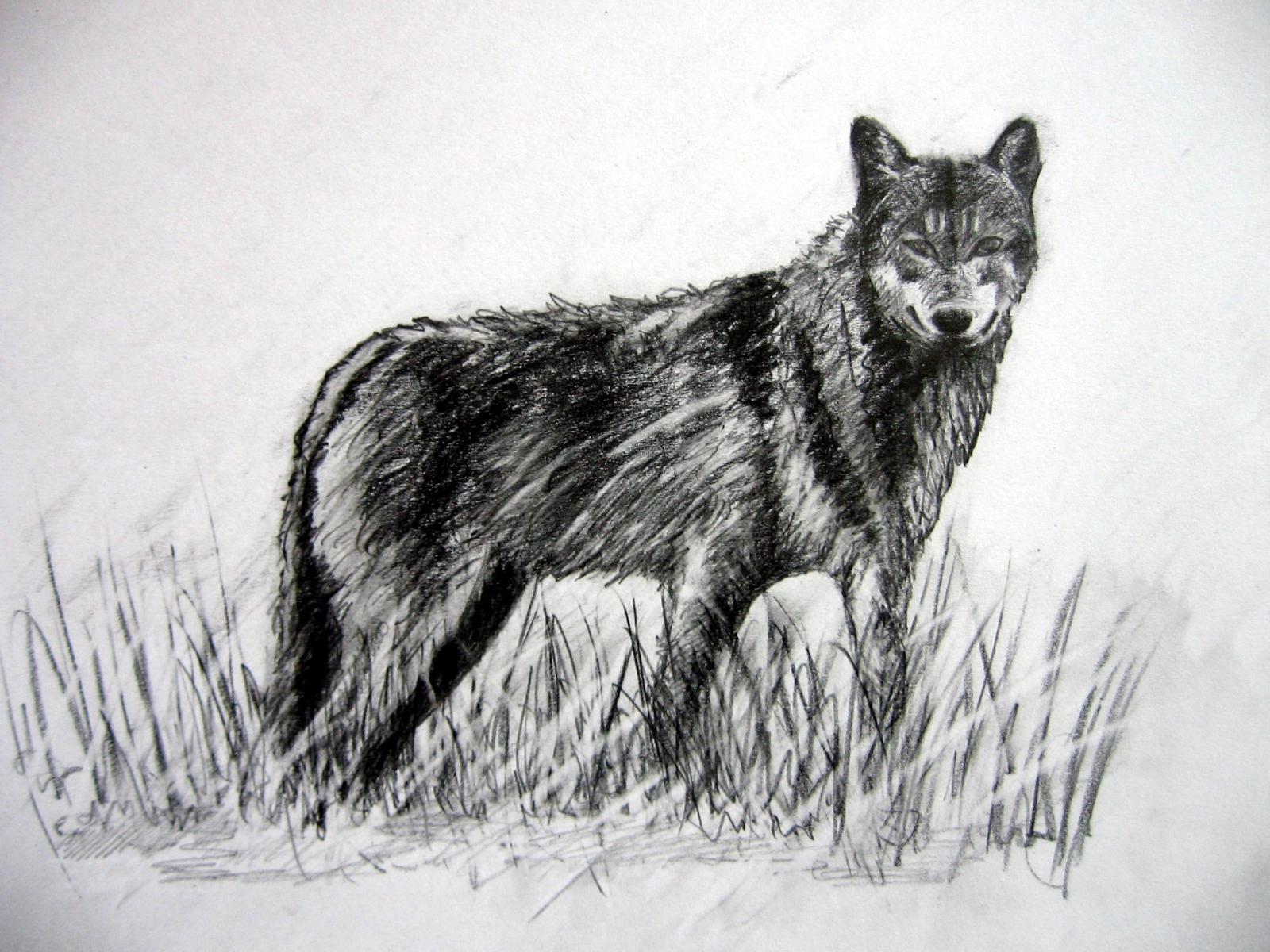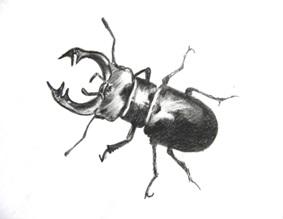 Asset Publisher
Asset Publisher
The State Forests National Forest Holding
The State Forests National Forest Holding is the largest organisation in the European Union managing forests, which belong to the State Treasury and celebrating its 90 anniversary this year.
Presently, we manage the area of one third of Poland's territory. Not long after the end of the Second World War, there was only 21 % of the area. Every year we plant 500 million of new trees, as we want Polish forests grow all the time.
Every year Polish foresters plant 500 million of trees.
85 % of nature reserves in Poland are located within the State Forests. 40 % of the forests managed by General Directorate of the State Forests are protected within the framework of European network Natura 2000. We fight against many threats: natural disasters, plaques of insects, trees' diseases, fires, pollutions, as well as poaching and vandalism.
We take care the forestry supplying the market with timber, as ecological and universal material, to be carried on in accordance with rules of balanced development (photography P.Fabjański).
One of our major tasks is making forests accessible to the society. We invite you to take advantage of these beautifully located within the forest wilderness holiday resorts, forester's lodges or guest rooms. That is for you, we create thousand kilometres of hiking trails, cycling paths or camping sites. All the above mentioned, you can find in service www.czaswlas.pl.
We also take care the forestry supplying the market with timber, as ecological and universal material, to be carried on in accordance with rules of balanced development. We obtain over 30 million of cubic meters of wood annually, twice as much as at the beginning of the nineties of the XX century.
Despite of this, the average of wood abundance per hectare of our forests is one fourth bigger than 20 years ago and 40% bigger than the average of European Union currently amounts.
In Poland in sectors connected with the forestry, there work about 375 thousand of people. It means that each 40 working Pole works in the forest.
In Poland in sectors connected with the forestry, there work about 375 thousand of people. It means that each 40 working Pole works in the forest. The sector of wood processing works out approximately 8 % of our GDP (Gross Domestic Product). Among others, thanks to the timber from the State Forests Poland is the 10 largest producer of furniture in the world, and the 4 largest furniture exporter.
The State Forests employ 25 thousand people. That way we are the 9 biggest employer in Poland. Among the largest companies in our country it takes 22 place in respect of its incomes and 11 place in respect of its profits. The value of assets, we manage, reaches 300 million zl. If we add social values, it will be worth one billion zlotych. We do not use money from the budget, but we earn money on our own to support the business. In spite of the financial crisis, since 2002, we continuously note down profits. Moreover, we pay taxes amounting 1,3 billion zl annually.
87 % of Poles think, the foresters are competent. We willingly share our knowledge of Polish forests, of their history and of nature values with the others. We publish books, periodicals, brochures; we also administer the website www.lasy.gov.pl . For children, the youth and teachers, we prepared internet service "E-lynx' Lynx Forest" (www.erys.pl). Our staff has supported schools in field of nature education for years. We also organise many actions to let people broaden their knowledge about forest, nature and ecology.
 Asset Publisher
Asset Publisher
 Asset Publisher
Asset Publisher
Zwierzęta objęte ochroną
Zwierzęta objęte ochroną
Z terytorium nadleśnictwa podaje się występowanie 224 chronionych lub zagrożonych gatunków zwierząt,z których 163 stanowią ptaki, 26 – ssaki,17 – płazy i gady, 11 – bezkręgowce, 7 – ryby.
Wilk Canis lapus (kod 1352)
Rys. P.Jakubanis
Gatunek priorytetowy występujący na terenie całych Borów Dolnośląskich. Wielkość terytorium jednej watahy wilczej w warunkach Polski wynosi od 150 do 300 km2 i zależy od zagęszczenia ofiar. Konieczna staje się więc likwidacja barier migracji, którymi są m.in.autostardy.
Konwencja Berneńska – Załącznik II
Konwencja Waszyngtońska – Załącznik II
Rozp. Rady (WE) 338/97 – Załącznik A
Dyrektywa Siedliskowa – Załącznik II i IV
Prawo krajowe:
ochrona gatunkowa w Polsce – ochrona Ścisła (2)
ochrona strefowa – strefa ochrony okresowej 500 mod nory (1.04–15.07).
Rozporządzenie Ministra Środowiska z dnia 28 września 2004 r.w sprawie gatunków dziko występujących zwierząt
objętych ochroną. Dz. U. Nr 220 poz. 2237.
Z punktu widzenia dziedzictwa przyrodniczego na Polsce spoczywa szczególna odpowiedzialność, ponieważ jest ona jednym z nielicznych krajów Europy, gdzie zachowały się żywotne populacje wilka. Ze względu na swe geograficzne położenie Polska stanowi łącznik między obszarami leśnymi wschodniej Europy, gdzie występują zwarte i liczne populacje tego drapieżnika, a kompleksami leśnymi Europy Zachodniej, gdzie są one od dawna wytępione. Polska jest ważnym ogniwem w procesie restytucji wilka na kontynencie europejskim.
BIELIK Haliaeetus abicilla
Na gruntach w zarządzie nadleśnictwa została zniesiona strefa ochrony ostoi, miejsc rozrodu i regularnego przebywania bielika Haliaeetus albicilla (decyzja RDOŚ-.WPN.5442.15.2016.M.K z dnia 30 czerwca 2016 r.). Nowa strefa dla Bielik została powołana w 2021 r. Decyzją Regionalnego Dyrektora Ochrony Środowiska we Wrocławiu WPN.6442.14.2020.MK.2 z dnia 1 czerwca 2021r.
KANIA RUDA Milvus milvus
Na gruntach w zarządzie nadleśnictwa została powołana strefa ochrony ostoi, miejsc rozrodu i regularnego przebywania Kani rudej Milvus milvus (decyzja RDOŚ-.WPN.6442.3.2015..M.K z dnia 02 czerwca 2015 r.).
W 2022r. powołano 3 nowe strefy na podstawie Decyzji Regionalnego Dyrektora Ochrony Środowiska we Wrocławiu:
WPN.6442.26.2021.MK.2 z dnia 20 lipca 2022r.
WPN.6442.25.2021.MK.2 z dnia 20 lipca 2022r.
WPN.6442.17.2022 z dnia 22 lipca 2022r.
CHRONIONE OWADY
W obszarze Natura 2000 - Dąbrowy Kliczkowskie w jednym z najcenniejszych w Borach Dolnośląskich fragmentów kwaśnych dąbrów i drzewostanów sosnowo-dębowych występuje bogata fauna bezkręgowców. Spotkać tu można m.in. Jelonka rogacza Lucanus cervus i Pachnicę dębową Osmoderma eremita.


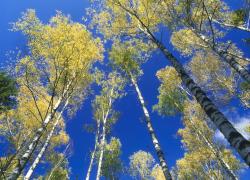 fot. Paweł Fabijański
fot. Paweł Fabijański
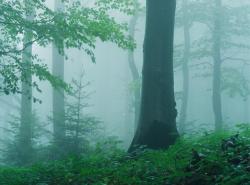 fot. Paweł Fabijański
fot. Paweł Fabijański
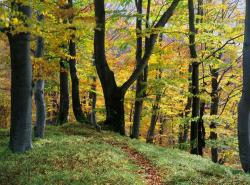 fot. Paweł Fabijański
fot. Paweł Fabijański





